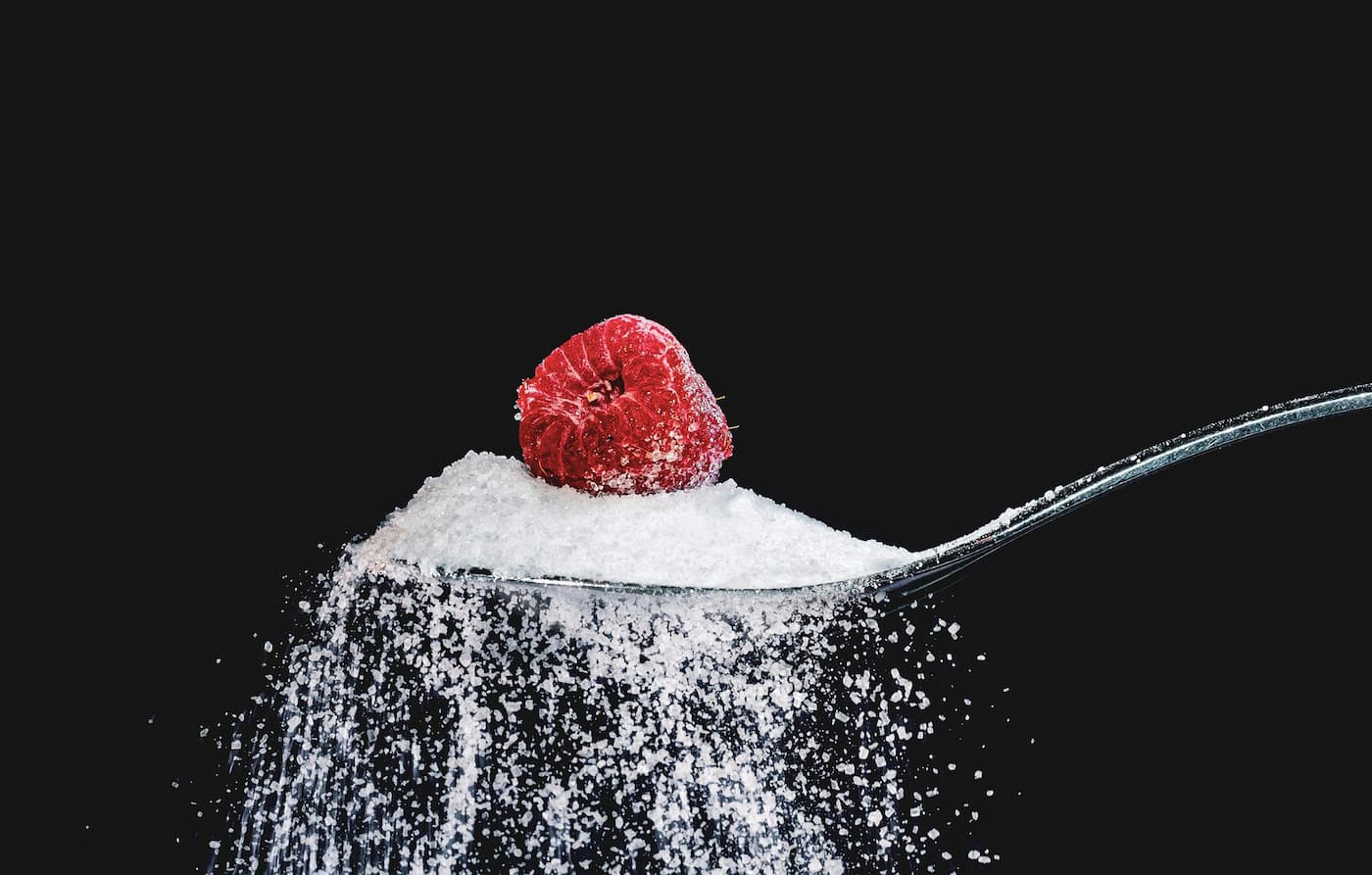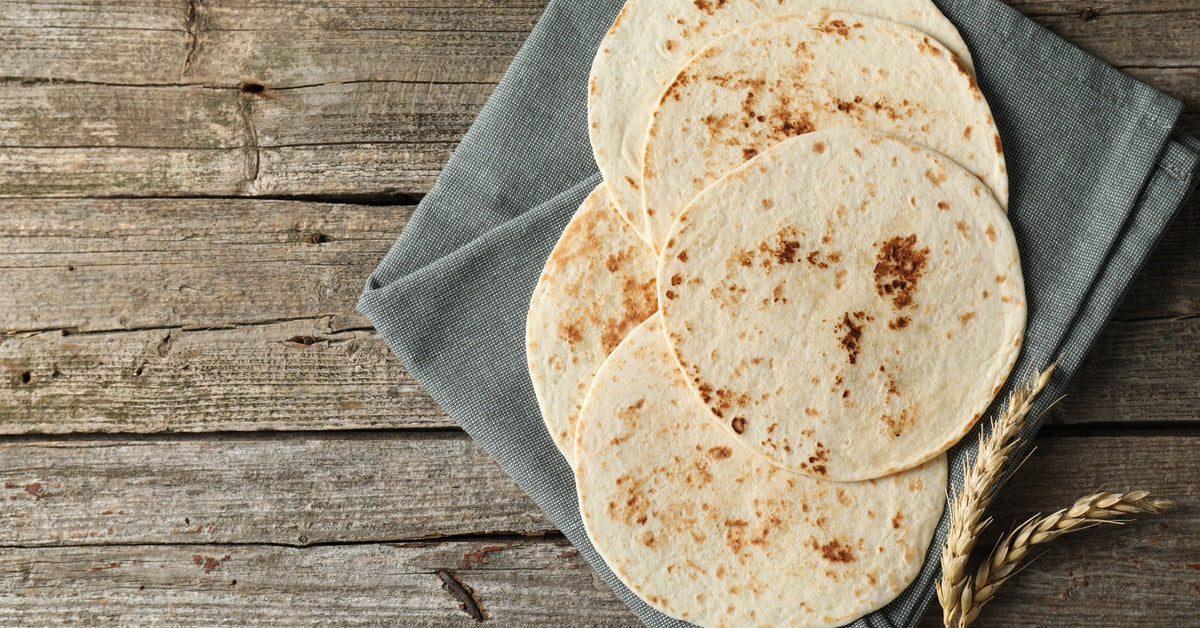These days, sugar is practically a food group. It shows up in places you'd never expect, and most of us are eating way more than we realize. It’s in our coffee drinks, sauces, cereals, salad dressings, breads, yogurts, and even so-called “healthy” snacks. In fact, the average American is consuming about 77 grams of added sugar per day. That’s more than 3 times the recommended limit for women and nearly double for men, according to the American Heart Association.
Too much sugar isn’t just a harmless indulgence. Over time, it can contribute to blood sugar spikes, energy crashes, inflammation, acne, weight gain, and even an increased risk of chronic disease.
So, how do you cut back without sacrificing taste? Let’s break it down.

1. Easy Ways to Reduce Sugar Without Feeling Deprived
You don’t have to swear off all sweets forever, just make a few smart swaps throughout your day.
At breakfast:
- Instead of sugary cereals like Honey Nut Cheerios, try low-sugar options like plain shredded wheat or sprouted grain cereal.
- Swap flavored yogurts (which often pack 15g+ of sugar) for plain Greek yogurt topped with fresh fruit and cinnamon.
During the day:
- Replace soda or sugary iced teas with sparkling water and a splash of lemon or lime. If you’re craving something sweeter, try unsweetened iced tea with a touch of stevia or honey.
- Watch out for hidden sugars in bread, condiments, and salad dressings. Flip the package and look at the “Added Sugars” section. 5 grams here, 4 grams there, and suddenly your sandwich has more sugar than a cookie. The Added Sugars line on the nutrition label is one of the most important indicators when you're trying to cut back. Aim for zero grams whenever possible.

2. Refined vs. Natural Sugars: What's the Difference?
Refined sugar (like white sugar or high-fructose corn syrup) is heavily processed and stripped of all nutrients. It digests quickly, spikes your blood sugar, and leaves you crashing later. It’s cheap, sweet, and found in nearly every packaged good.
Natural sweeteners, on the other hand, can still raise blood sugar but often bring along some beneficial nutrients and less processing. Here are a few to keep in mind:
- Honey – Contains antioxidants and has antibacterial properties.
- Maple syrup – Offers small amounts of zinc and manganese.
- Coconut sugar – Contains trace minerals and has a lower glycemic index than white sugar.
- Date syrup or mashed dates – Whole-food sweetness with fiber and potassium.
- Agave nectar – Low glycemic index, but very high in fructose, so best in moderation.
While these aren’t “healthy” in unlimited amounts, they’re better options when baking or sweetening things at home, especially when you’re choosing quality over quantity.

3. Coffee & Drinks: Let’s Talk Sweeteners
If you're someone who adds a packet (or three) of something to your coffee, here’s the lowdown:
Better-for-you options (in moderation):
- Raw honey
- Pure maple syrup
- Stevia (from the leaf, not heavily processed versions)
- Monk fruit (natural and low glycemic)
On the more questionable side:
- Sucralose (Splenda) – Artificial and highly processed
- Aspartame – Linked to headaches and gut issues in some people
- Saccharin – One of the oldest artificial sweeteners; still under scrutiny
- Acesulfame potassium – Often combined with other sweeteners in diet sodas
Just because it’s zero-calorie doesn’t mean it’s zero impact. Many artificial sweeteners can affect gut health, create cravings, and confuse your body’s natural hunger cues, according to Harvard Health.

4. Sweet Tooth Still Sneaking Up? Try These Ideas:
- Roast fruit like apples or pears with cinnamon for dessert
- Add a dash of vanilla to oatmeal or yogurt for a naturally sweet flavor
- Freeze grapes or banana slices for a sweet, icy treat
- Make a DIY chia pudding with coconut milk and a little maple syrup
- Keep dark chocolate (70%+) around for moments when only chocolate will do
The Bottom Line: Sweet, Smarter Choices
Cutting back on sugar isn’t about punishment, it’s about giving your body the energy it actually wants and deserves. The less sugar you eat, the more your taste buds adjust, and the more naturally sweet real food starts to taste.
Start small. Swap one thing a day. Remember, you don’t have to give up sweets to eat smart. Just make it natural, thoughtful, and satisfying.
Sources:
- American Heart Association – Added Sugars
- Healthline – 7 Natural Sweeteners That Are Actually Healthy
- Harvard Health – Artificial Sweeteners

















Leave a comment
All comments are moderated before being published.
This site is protected by hCaptcha and the hCaptcha Privacy Policy and Terms of Service apply.